
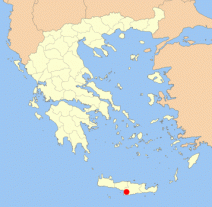 After a deep immersion in hippies culture in Matala and in the beauty of the surrounding area, it seems fair to dedicate few hours for some more serious stuff. Archeology of course! Two of the most important Minoan sites of southern Crete are located just few kilometres north of Matala: the Palace of Phaistos (also spelled Phaistos, Phaestos, Phaistos or Phaestus) and the Royal Villa of Agia Triada (also written Hagia Triada or Ayia Triada).
After a deep immersion in hippies culture in Matala and in the beauty of the surrounding area, it seems fair to dedicate few hours for some more serious stuff. Archeology of course! Two of the most important Minoan sites of southern Crete are located just few kilometres north of Matala: the Palace of Phaistos (also spelled Phaistos, Phaestos, Phaistos or Phaestus) and the Royal Villa of Agia Triada (also written Hagia Triada or Ayia Triada).
[sam id=”7″]
We started our educative journey with Agia Triada site [35.05882,24.79367] about 13 kilometers from Matala. The last section of the road (about 3 km), although paved, is not in a good condition, showing some signs of neglect. The ticket costs 3€ but if you plan to visit Phaestos too you should buy the combined ticket (6 €) valid for both sites thus saving one euro. Keep in mind that the entrance in all archaeological sites in Greece is free of charge for young persons under 18 years old and for students; in Crete it is free for “mature” persons aged over 65 too.
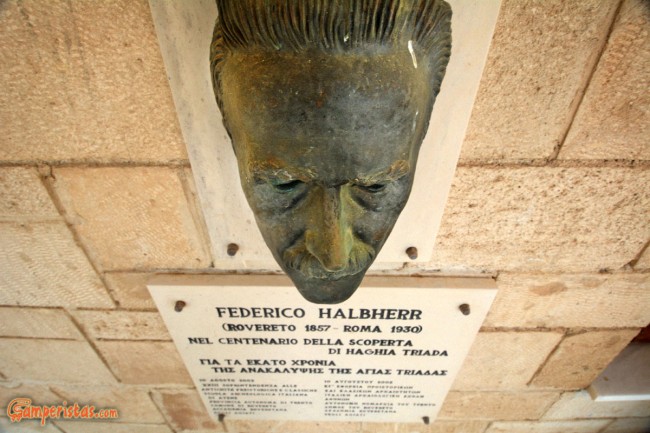
The excavations in both sites were undertaken by the Italian Archaeological School in Athens in the end of the 19th – early 20th. At the entrance of Agia Triada site you can see a memorial dedicated to Federico Halbherr, the first archaeologist who excavated in Messara following the indications of the English admiral T. A. B. Spratt . The Minoan name of the Royal Villa is unkown so the site took its current Christian name (Agia Triada means Holy Trinity) from a village nearby destroyed by the Turks.
The richness of the findings suggests that the mansion was probably the summer residence of the King of Phaistos. Some of the most important Minoan frescoes were found here, which enabled archaeologists and historians to trace the everyday life and the artistic view of the Minoans.
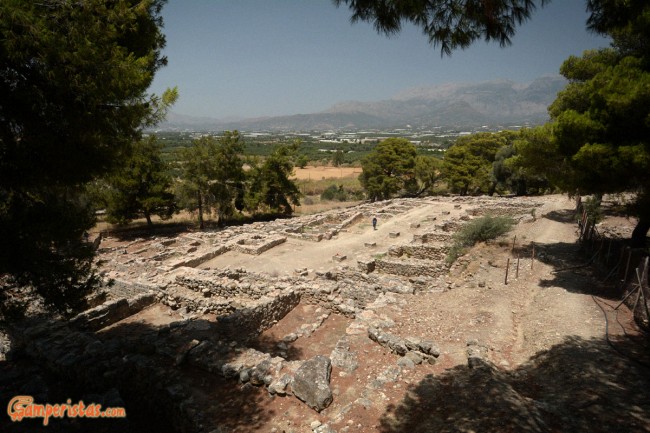
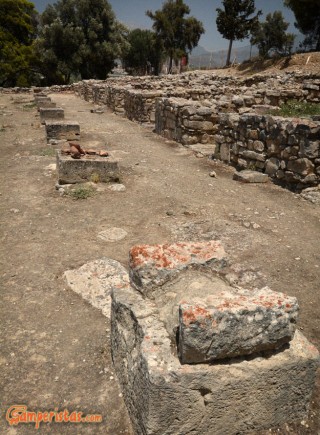
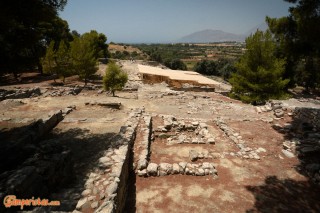
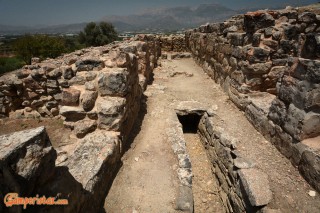
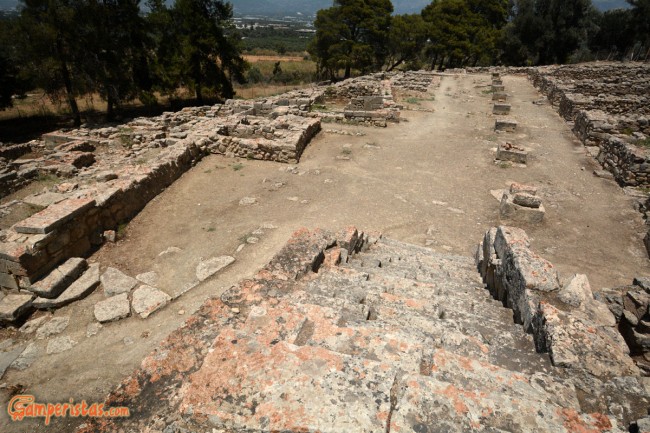
The truth is that the site is recommended without reservation only to true achaeology enthusiasts. The frescoes and other findings (jars, tools etc) have been transferred to the museum of Heraklion so there is not much left to see apart the architectural concepts and ideas dating back 3000 years and of course the aura of the place.
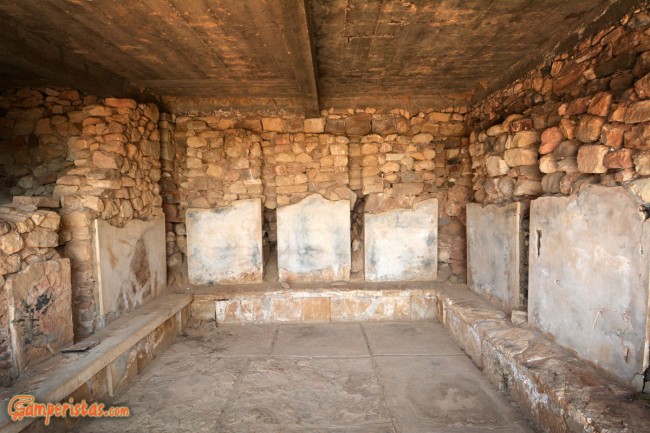
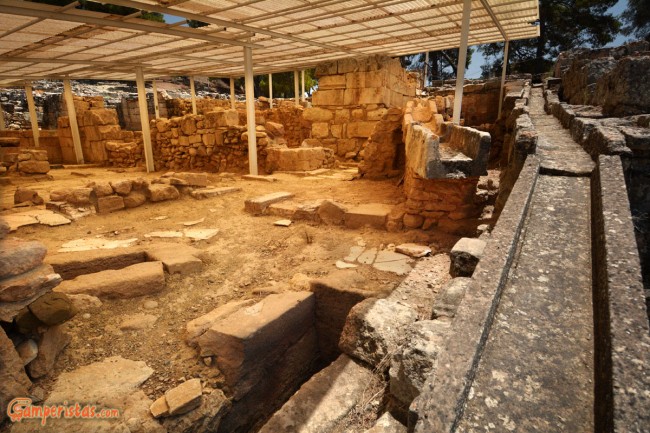
Much the same could be said for Phaistos too [35.05152,24.81116], with the difference that, being the Palace of the King and one of the most vibrant urban centers of Minoan civilization, it retains significant elements of grandeur. The single entrance to the Palace costs 4 €. Comparing to the ‘calm and quite’ Agia Triada, Phaestos is a proper tourist attraction with tour buses in the parking lot and voices of tour guides everywhere. No signs of neglect here! As I learn later it is considered the second most important archaeological site of Crete, after Knossos of course…
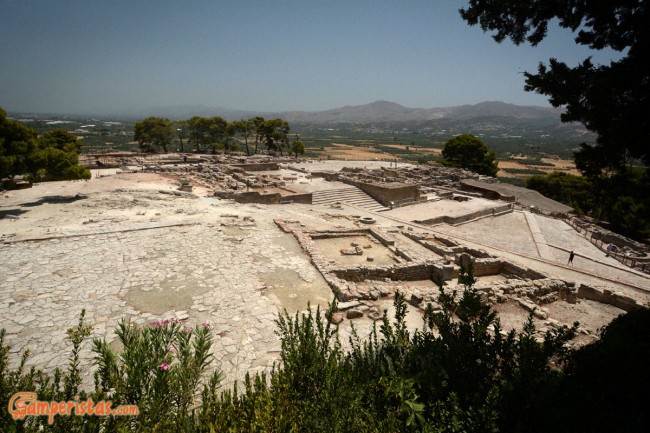
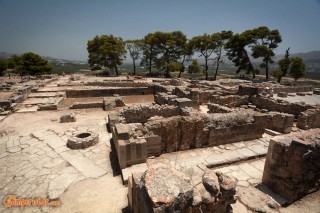
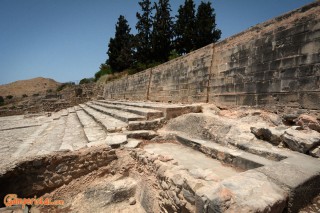
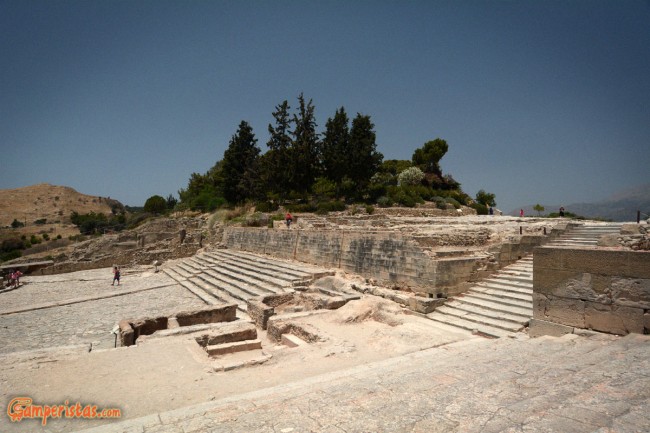
If you are wondering why the two major cities of the Minoan era have today completely different look, this is explained by the fact that different methods were used during the excavations. In Knossos they decided to rebuild and restructure the findings; instead in Phaestos the archaeologists preferred to leave everything unchanged, as it was found. Unfortunately they removed the most important finding, the famous disk of Phaistos with its enigmatic 241 symbols not yet been deciphered…
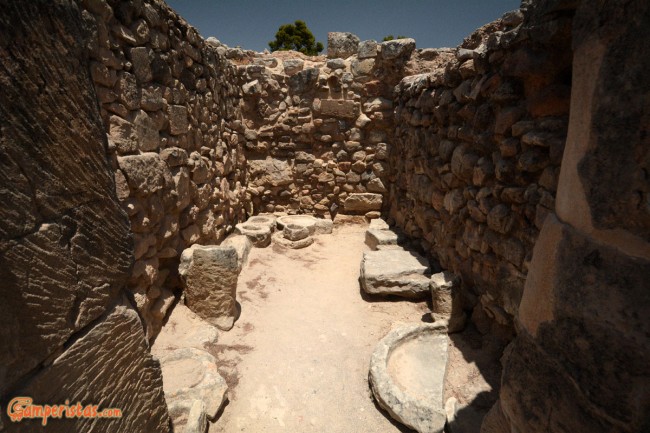
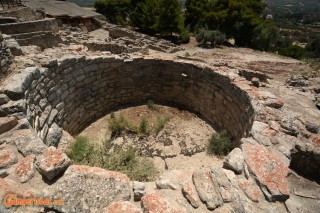
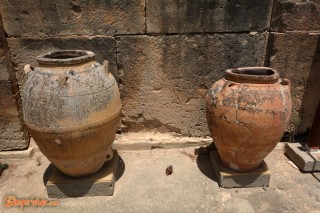
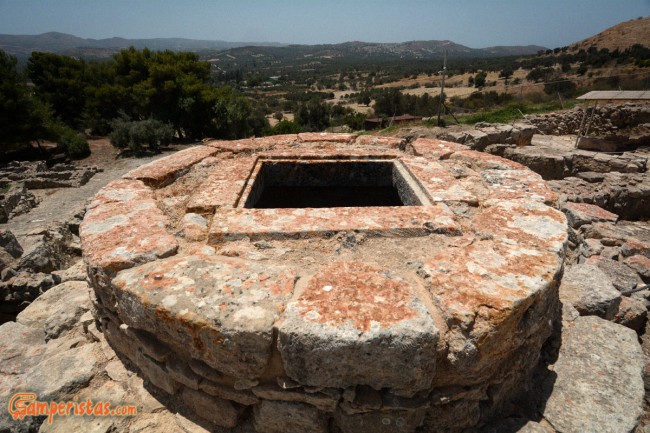
[sam id=”7″]
